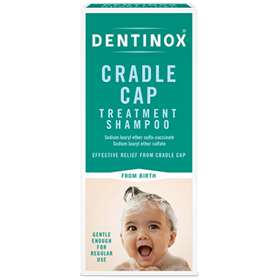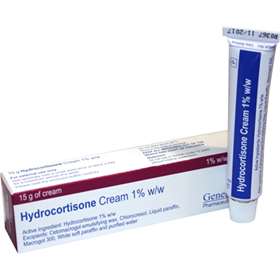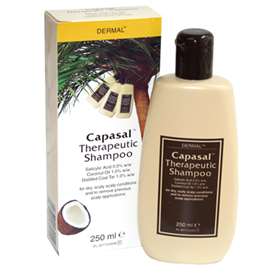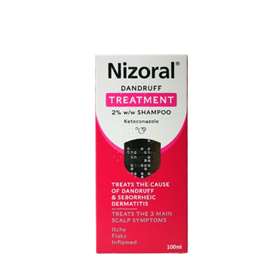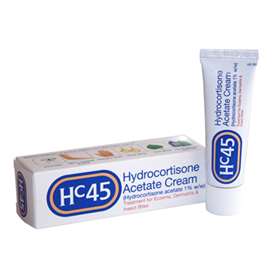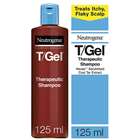If you are suffering from moderate to severe seborrhoeic dermatitis of the scalp a medicated shampoo containing an anti-yeast agent, such as ketoconazole or selenium sulphide is recommended.
If your scalp seborrhoeic dermatitis is milder, an anti-dandruff shampoo with coal tar or pyrithione zinc will help, especially if there is a lot of scaling.
Our recommended selection of medicated shampoos for seborrhoeic dermatitis of the scalp.
If your seborrhoeic dermatitis of the scalp is a bit more stubborn or severe, take a look our our selection of medicated anti-dandruff shampoos containing coal tar or pyrithione zinc.
If your seborrhoeic dermatitis is affecting the skin on your face and truck you may wish to try an antifungal cream or 1%
hydrocortisone cream.
An antifungal cream containing ketozonacole, such as
Daktarin Gold Cream is recommended. Unfortunately we don't sell any ketoconazole creams licensed for use for seborrhoeic dermatitis, so we suggest you speak with your GP for further information.
Please note that none of the creams listed below are to be used on the face.
Also known as infantile seborrhoeic dermatitis, cradle cap commonly effects children during their first three months. It can look unpleasant, but rarely poses any problem. We have a range of products specially formulted to clear up your child's scalp in no time.
What is seborrhoeic dermatitis?
As the name suggests, seborrhoeic dermatitis typically affects areas of skin with a high density of sebum glands, such as the scalp, nose, eyebrows and forehead. Unfortunately for sufferers, the condition is chronic, which means that it lasts for a long period of time, though there are periods where the symptoms calm down before flaring up again.
As mentioned earlier, eborrhoeic dermatitis is a common condition that typically affects adults (particularly men) between 30 and 60 years of age and children under 3 months of age. In young children the condition is referred to as infantile seborrhoea dermatitis or, more commonly, cradle cap. For further help and information on this condition, please visit our cradle cap treatment and cradle cap advice pages. The remainder of this page will deal with adult seborrhoeic dermatitis.
What are the symptoms of seborrhoeic dermatitis?
The first symptoms of seborrhoeic dermatitis are often flakes of skin that occur on the scalp, behind the ears and on the face. The skin will be red and inflamed and, as the condition progresses, greasy looking white, yellow or grey-coloured scaling will be evident.
Areas of the skin that have hair growing from them or have folds (the sides of the nose for example) are typically areas where outbreaks occur. The chest and back are also commonly affected.
Seborrhoeic dermatitis of the scalp may initially appear to be dandruff, but as the condition develops the scalp will become red and sore.
What are the causes of seborrhoeic dermatitis?
Unfortunately, the causes of seborrhoeic dermatitis currently remain unknown. It is thought though that a yeast naturally present on the skin, malassezia furfur, plays a role in the conditions development.
It has also been noted that external factors such as stress, fatigue, change of season and a poor health can trigger symptoms.
Those suffering from HIV/AIDS and Parkinson's disease are particularly susceptible to seborrhoeic dermatitis.
What is the best treatment for seborrhoeic dermatitis?
In milder cases of seborrhoeic dermatitis of the scalp an anti-dandruff shampoo containing pyrithione zinc or coal tar extract is recommended. Brands such as
Capasal and
Neutrogena T-Gel have shampoos with coal tar.
Polytar AF Shampoo is a great choice as it contains both coal tar and pyrithione zinc.
In more severe cases of seborrhoeic dermatitis a medical shampoo containing ketoconazole or selenium sulphide is suggested.
Where seborrhoeic dermatitis is present on the face or torso an antifungal cream or 1%
hydrocortisone cream is an advised course of action. We advise that you speak with your GP before choosing a product to use on your face.


